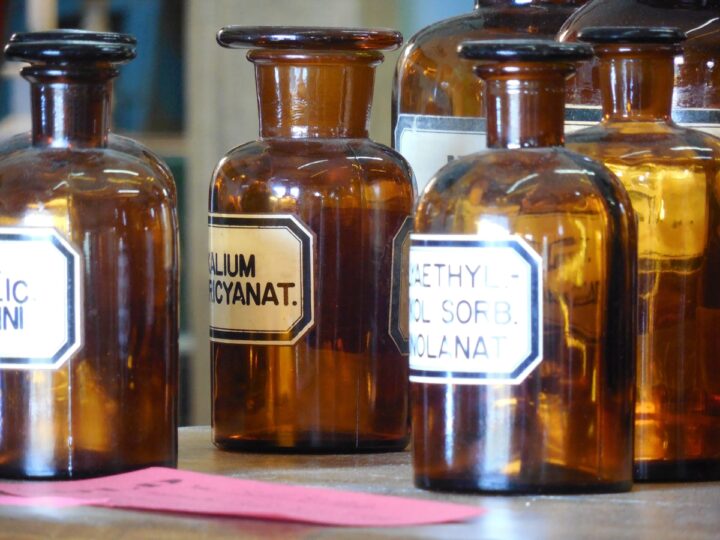
Olde World Remedies: A Timeless Approach to Healing
Olde world remedies are traditional healing practices that have been used for centuries to treat a wide range of ailments. These remedies are often based on natural ingredients and simple methods, and they can be highly effective in relieving symptoms and promoting healing.
Below we are going to provide you with the top three remedies used in the 1500’s, 1600’s, 1700’s, and 1800’s
The best remedy we still use today from the 1500s is herbs.
Herbs have been used for centuries to treat a wide range of ailments, and many of the same herbs that were used in the 1500s are still used today. Some of the most popular herbs include:
- Chamomile: Chamomile is a calming herb that can be used to treat anxiety, insomnia, and indigestion.
- Lavender: Lavender is another calming herb that can be used to treat anxiety, insomnia, and headaches.
- Peppermint: Peppermint is a refreshing herb that can be used to treat nausea, indigestion, and headaches.
- Echinacea: Echinacea is an herb that is known for its immune-boosting properties.
- Ginger: Ginger is an herb that can be used to treat nausea, indigestion, and inflammation.
- Garlic: Garlic is an herb that has antibacterial and antiviral properties.
- Turmeric: Turmeric is a spice that has anti-inflammatory and antioxidant properties.
Herbs can be taken in a variety of ways, including teas, capsules, and tinctures. They can also be applied to the skin in the form of creams or ointments.
Herbs are generally safe for most people, but they can interact with medications. It is important to talk to your doctor before taking any herbs, especially if you are taking any medications.
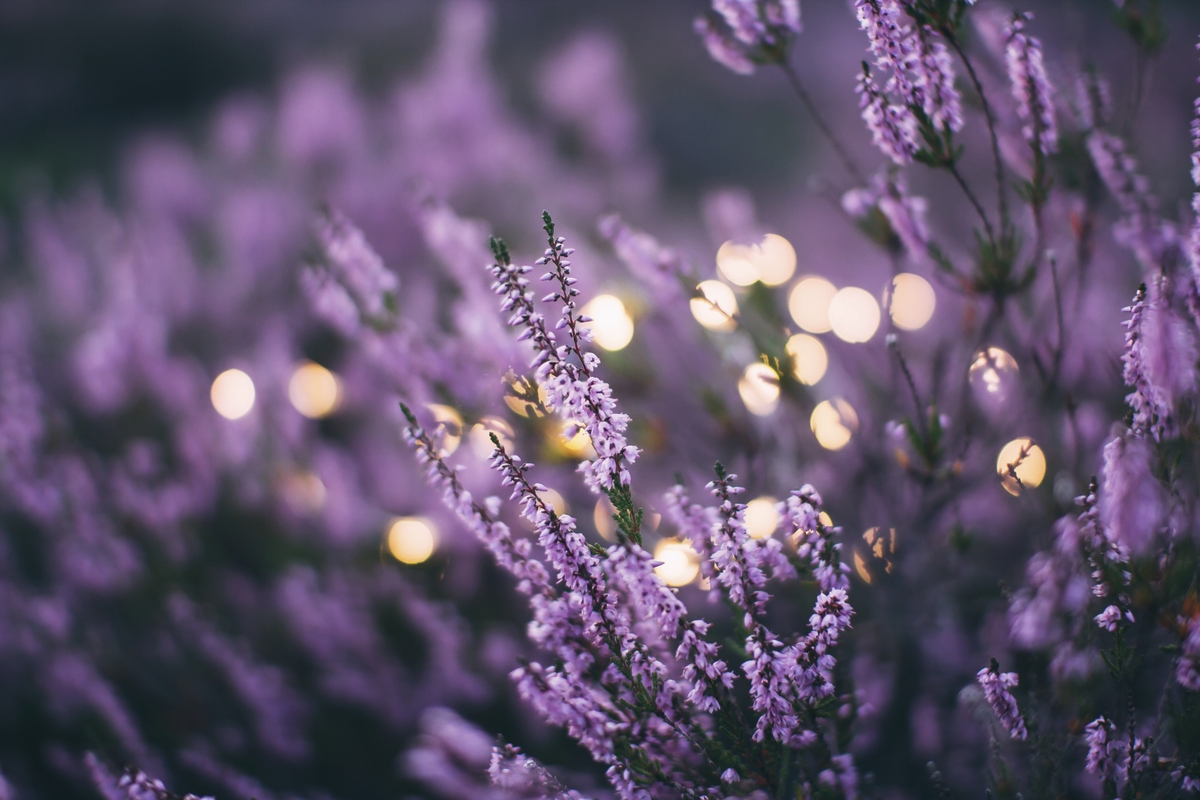
Here are some examples of how herbs are used today:
- Chamomile tea is often used to help people relax and fall asleep.
- Lavender oil can be diffused in the air to promote relaxation and reduce stress.
- Peppermint capsules can be taken to relieve nausea and indigestion.
- Echinacea supplements are often taken to help prevent and treat colds and the flu.
- Ginger tea can be used to soothe an upset stomach.
- Garlic capsules can be taken to boost the immune system and reduce the risk of infection.
- Turmeric supplements can be taken to reduce inflammation and improve joint health.
Herbs are a safe and effective way to treat a variety of ailments. If you are looking for a natural alternative to conventional medicine, herbs may be a good option for you.
The best remedy we still use today from the 1600’s is quinine.
Quinine is a drug used to treat malaria, a mosquito-borne disease that is widespread in many parts of the world. Malaria can be a deadly disease, but quinine is amazingly effective in treating it.
Quinine was first discovered in the 1600s from the bark of the cinchona tree. The cinchona tree is native to South America, and the bark of the tree was used by the Indigenous people to treat malaria.
Quinine was introduced to Europe, and it quickly became the standard treatment for malaria. Quinine is still used today to treat malaria, and it is one of the most effective drugs available.
Quinine is a safe and effective drug for most people, but it can interact with other medications. It is important to talk to your doctor before taking quinine, especially if you are taking any other medications.

Here are some examples of how quinine is used today:
Quinine tablets are often taken to prevent malaria when traveling to areas where the disease is common.
Quinine injections can be given to treat people who are already infected with malaria.
Quinine can also be used to treat other conditions, such as rheumatoid arthritis and lupus.
Quinine is a valuable drug that has saved millions of lives. It is a testament to the effectiveness of olde world remedies that quinine is still one of the best treatments available for malaria today.
The best remedy we still use today from the 1700’s is vaccination.
Vaccination is a process by which a weakened or killed form of a virus or bacteria is introduced into the body to create immunity to the disease.
Vaccination was first developed in the 1700s to protect against smallpox, a deadly disease that killed millions of people each year. The first vaccine was developed by Edward Jenner in 1796, and it was based on the observation that people who had been infected with cowpox were immune to smallpox.
Today, vaccines are used to protect against a variety of diseases, including measles, mumps, rubella, polio, and tetanus. Vaccines are one of the most effective public health interventions ever developed, and they have saved millions of lives.
Here are some examples of how vaccines are used today:
- The MMR vaccine is given to children to protect them against measles, mumps, and rubella.
- The DTaP vaccine is given to children to protect them against diphtheria, tetanus, and pertussis.
- The polio vaccine is given to children to protect them against polio.
- The flu vaccine is given to people each year to protect them against the influenza virus.
- The COVID-19 vaccine is given to people to protect them against the COVID-19 virus.
Vaccination is a safe and effective way to protect yourself and your loved ones from disease. If you are not up to date on your vaccinations, talk to your doctor about getting caught up.
Vaccines are a testament to the power of science and the importance of public health. They are one of the best remedies we have, and they are essential for protecting our health and well-being.
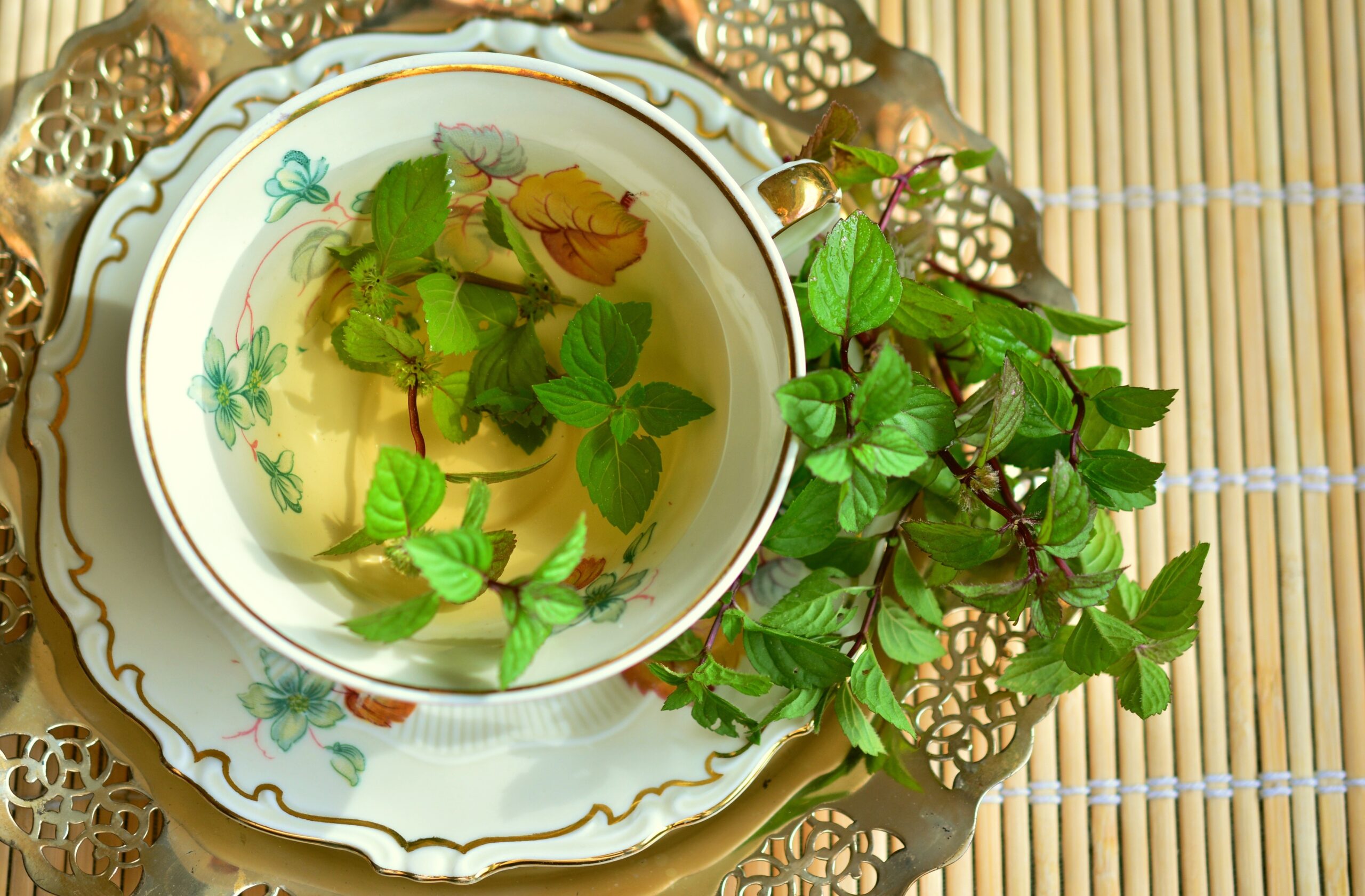
The best remedy we still use today from the 1800s is antiseptics.
Antiseptics are substances that kill bacteria and other microorganisms. Antiseptics were first used in the 1800s to prevent infection during surgery. Today, antiseptics are used in a variety of settings, including hospitals, clinics, and homes.
There are many different types of antiseptics, including alcohol, iodine, and hydrogen peroxide. Antiseptics can be used to clean the skin, to disinfect surfaces, and to flush wounds.
Antiseptics are safe and effective for most people, but they can irritate the skin and eyes. It is important to follow the instructions on the label when using antiseptics.
Here are some examples of how antiseptics are used today:
- Surgeons use antiseptics to clean their hands and to disinfect the surgical site before surgery.
- Nurses use antiseptics to clean the skin of patients before injections and other procedures.
- People use antiseptics to clean cuts and scrapes at home.
- Antiseptics are also used to disinfect surfaces, such as countertops and doorknobs.
Antiseptics are essential for preventing infection and protecting our health. They are one of the best remedies we have, and they are a testament to the progress that has been made in medicine.
Other remedies from the 1800s that are still used today include:
- Aspirin: Aspirin is a pain reliever and anti-inflammatory drug. It is used to treat a variety of conditions, including headaches, fever, and arthritis.
- Insulin: Insulin is a hormone that is used to treat diabetes. Diabetes is a condition in which the body does not produce enough insulin or does not use insulin properly.
- Morphine: Morphine is a powerful pain reliever. It is used to treat severe pain, such as pain from surgery or cancer.
These remedies are all safe and effective for most people when used as directed by a doctor. They are a testament to the progress that has been made in medicine over the centuries.
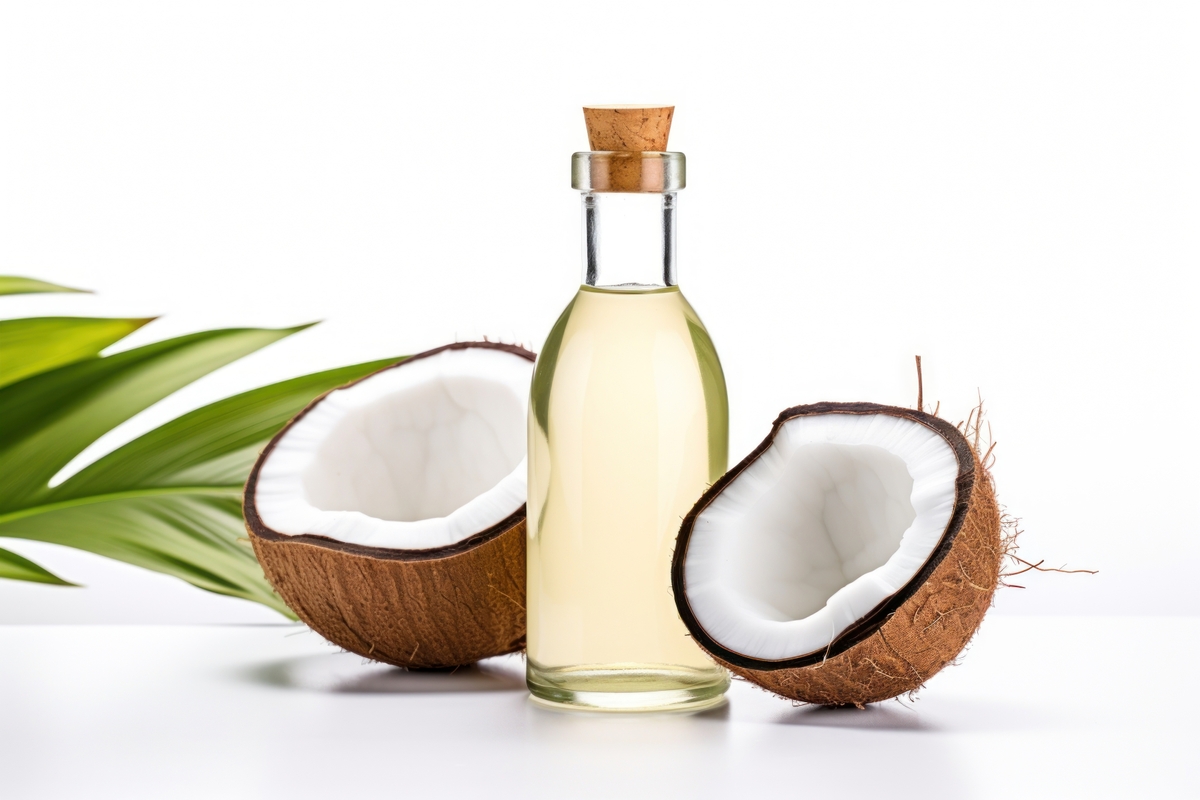
Top 20 Olde World Remedies Still in Use Today
Here are the top twenty olde world remedies that people still have success using today:
- Chamomile: Chamomile is a calming herb that can be used to treat anxiety, insomnia, and indigestion. Chamomile tea is a popular way to take chamomile,
- Lavender: Lavender is another calming herb that can be used to treat anxiety, insomnia, and headaches. Lavender essential oil can be added to a bath or diffuser to promote relaxation.
- Peppermint: Peppermint is a refreshing herb that can be used to treat nausea, indigestion, and headaches. Peppermint tea is a popular way to take peppermint, or you can chew on peppermint gum.
- Echinacea: Echinacea is an herb that is known for its immune-boosting properties. Echinacea can be taken to help prevent and treat colds and the flu.
- Ginger: Ginger is an herb that can be used to treat nausea, indigestion, and inflammation. Ginger tea is a popular way to take ginger, or you can add grated ginger to food.
- Garlic: Garlic is an herb that has antibacterial and antiviral properties. Garlic can be taken to help prevent and treat colds and the flu.
- Turmeric: Turmeric is a spice that has anti-inflammatory and antioxidant properties. Turmeric can be added to food or taken in supplement form.
- Honey: Honey is a natural sweetener that has antibacterial and antiviral properties. Honey can be taken to help soothe a sore throat or to help prevent and treat colds and the flu.
- Oatmeal: Oatmeal is a soothing food that can be used to treat skin conditions, such as eczema and psoriasis. Oatmeal can also be used to relieve itching and inflammation.
- Yogurt: Yogurt is a fermented dairy product that contains probiotics. Probiotics are beneficial bacteria that can help to improve gut health and boost immunity.
- Manuka honey: Manuka honey is a type of honey that is produced in New Zealand. Manuka honey has antibacterial and antiviral properties, and it is often used to treat wounds and infections.
- Aloe vera: Aloe vera is a plant that has anti-inflammatory and cooling properties. Aloe vera gel can be applied to the skin to soothe burns, cuts, and sunburns.
- Coconut oil: Coconut oil is a natural moisturizer that can be used to treat dry skin and eczema. Coconut oil can also be used to remove makeup and to clean the teeth.
- Tea tree oil: Tea tree oil is an essential oil that has antibacterial and antifungal properties. Tea tree oil can be used to treat acne, athlete’s foot, and other skin conditions.
- Arnica gel: Arnica gel is a topical gel that can be used to relieve pain and inflammation. Arnica gel is often used to treat bruises, sprains, and muscle aches.
- Epsom salt baths: Epsom salt baths are a relaxing and pain-relieving treatment. Epsom salt contains magnesium, which can help to reduce inflammation and muscle soreness.
- Acupuncture: Acupuncture is a traditional Chinese medicine practice that involves inserting thin needles into specific points on the body. Acupuncture can be used to treat a variety of conditions, including pain, anxiety, and insomnia.
- Massage therapy: Massage therapy is a firsthand therapy that can be used to relieve pain, stress, and muscle tension. Massage therapy can also improve circulation and promote relaxation.
- Yoga: Yoga is a mind-body practice that involves stretching, breathing, and meditation. Yoga can be used to improve flexibility, strength, and balance. Yoga can also reduce stress and anxiety.
- Meditation: Meditation is a mind-body practice that involves focusing the attention on the present moment. Meditation can be used to reduce stress, anxiety, and depression. Meditation can also improve sleep quality and boost immunity.
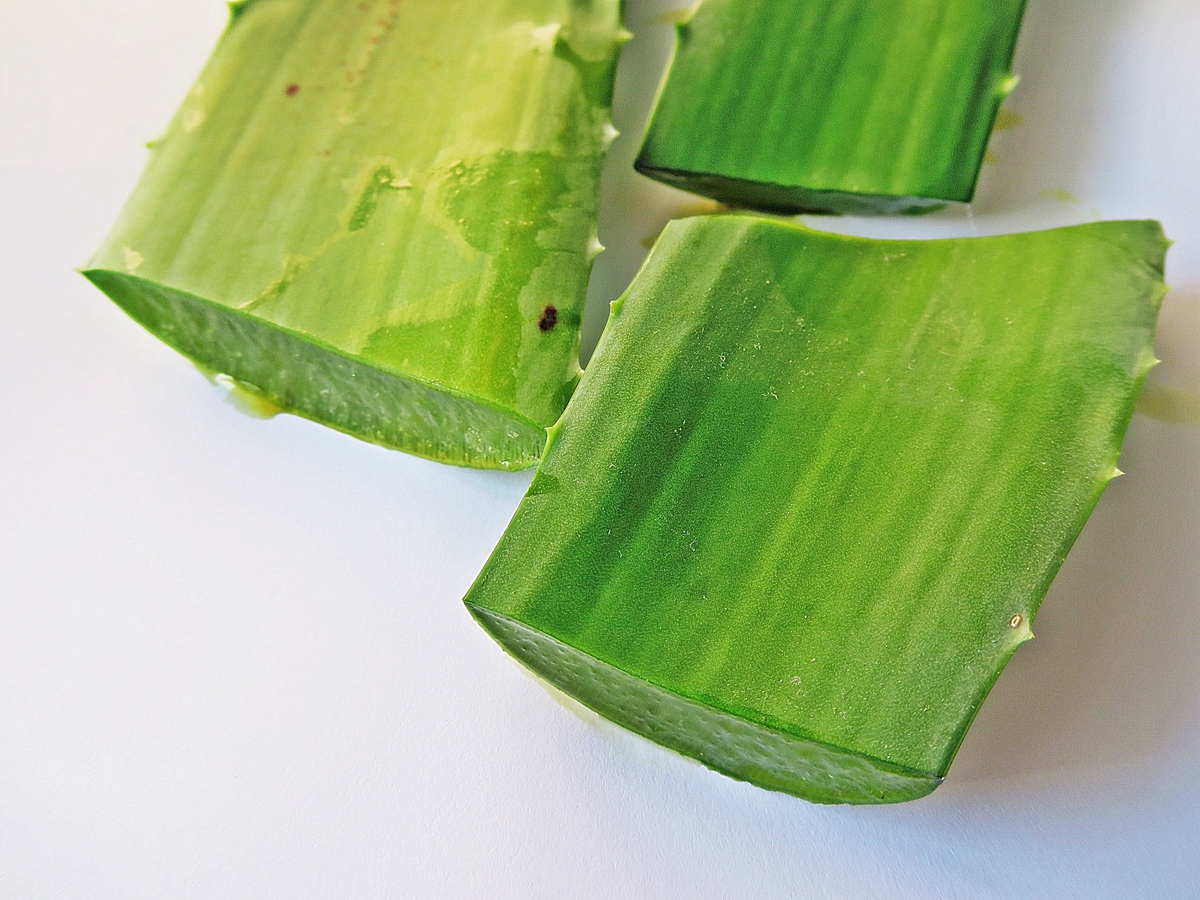
Olde world remedies are traditional healing practices that have been used for centuries to treat a wide range of ailments. Many of these remedies are based on natural ingredients and simple methods, and they can be remarkably effective in relieving symptoms and promoting healing.
Although modern medicine has advanced significantly, olde world remedies are still used by many people today. These remedies can be used to treat a variety of conditions, including anxiety, insomnia, indigestion, pain, and inflammation.

